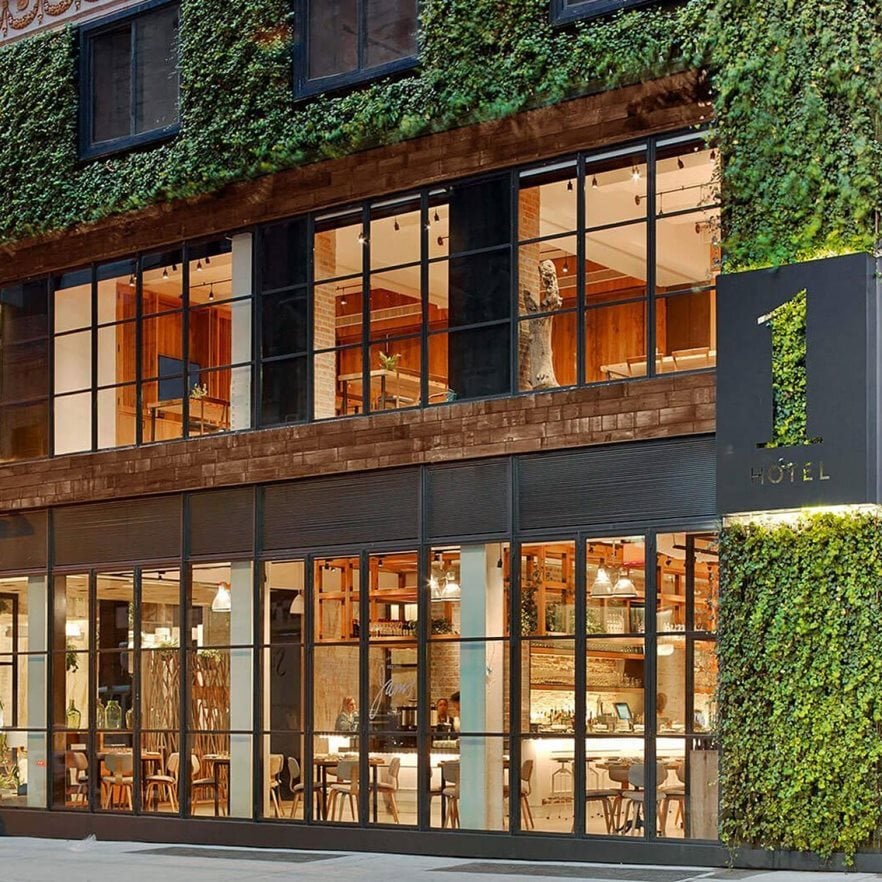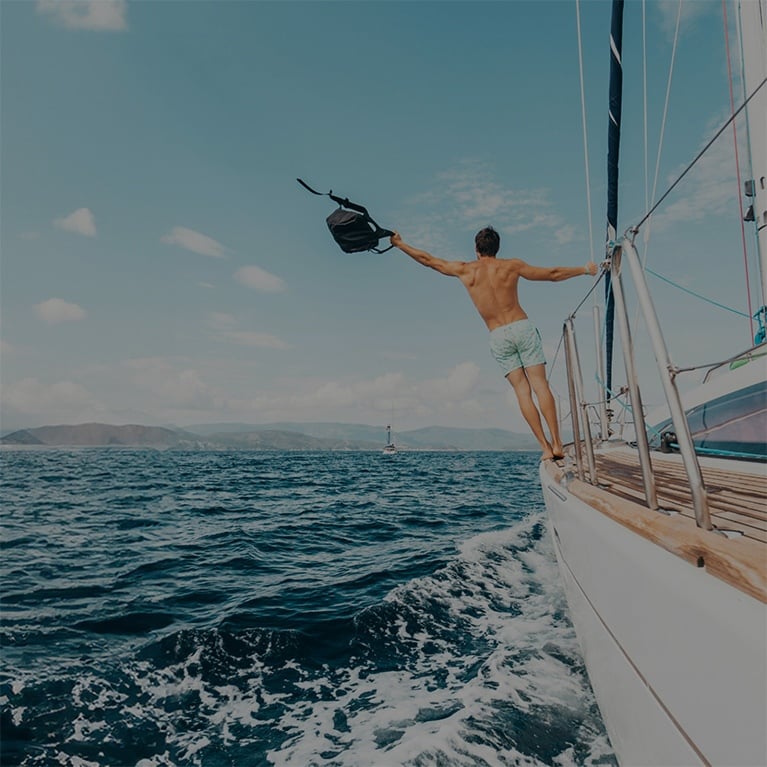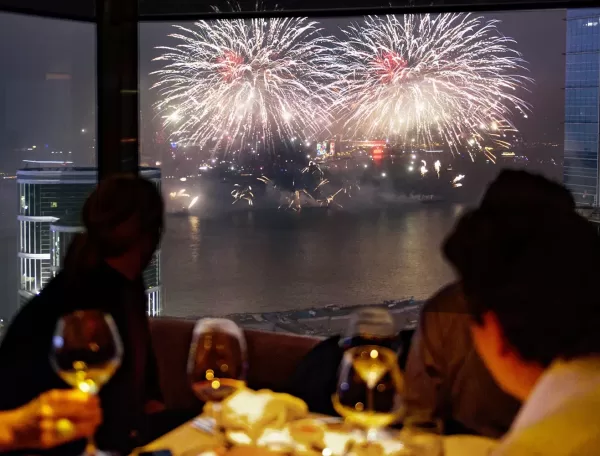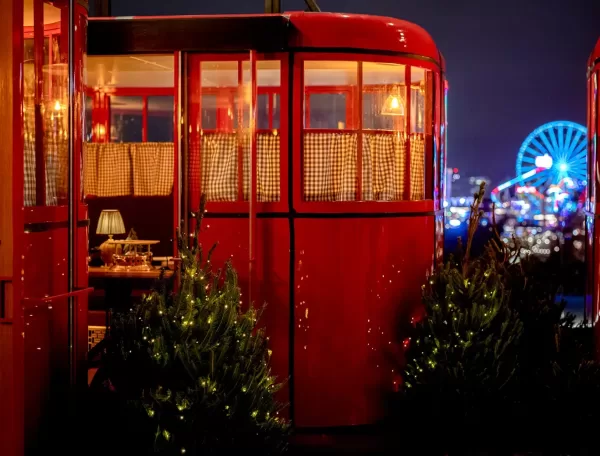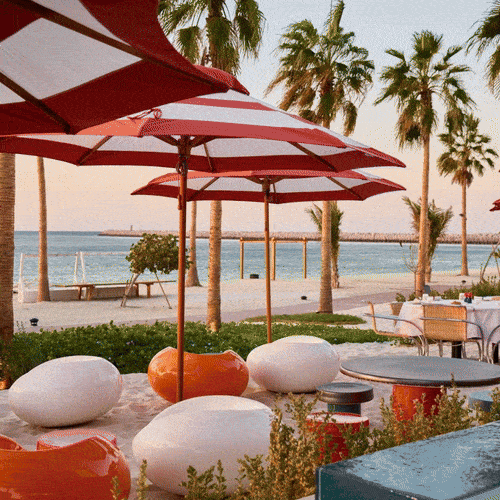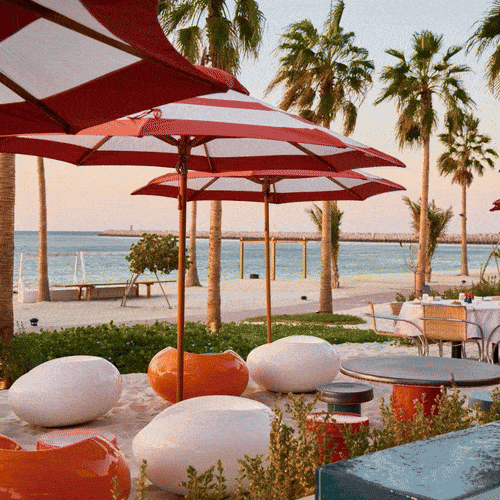The way we travel is changing. Quintessentially Travel explores the growing world of sustainable travelling and ecotourism.
Green Traveller
In an ever-changing world, it is no wonder that how we travel is also changing. Recent trends show that the behaviours and tastes of holiday-makers are evolving – a desire for more adventure has increased the demand for experience-based getaways; while the need to escape the stresses of the digital world has prompted the creation of mindfulness retreats in exotic and off-the-beaten-track destinations. One increasingly popular trend, however, is that of sustainable travelling and ecotourism.
Many hotels and resorts have already taken positive steps towards becoming more environmentally friendly – we're sure many of you have stayed in a room which requires your key card to turn the lights on in a measure to save energy or spotted a notice in the bathroom encouraging guests to hang up their towels if they wish to reuse them, in hopes of saving water. Where green is at the forefront of most people's minds, some hotels and resorts have taken sustainable and ecotourism even further. Now, some properties conserve and protect the environment in which they operate, including the ecosystem, flora and fauna and wildlife as well as maintaining the cultural integrity and wellbeing of local communities. As more and more top destinations are hopping on board, it's a win-win for the traveller who wants to stay green without compromising on luxury. Below we explore the various ways in which these hotels and resorts are making a difference.
Power Up
Stunning natural resources surround many luxury hotels, so it is not surprising that conserving energy is one of the most significant opportunities for them to reduce their carbon footprint. As guests are topping up their tans on loungers, solar photovoltaic panels also make use of the sun's energy, which is renewable without harmful emissions. The Brando in French Polynesia is a prime example of making use of what's around it. The resort relies solely on renewable energy sources such as solar and coconut oil, and even employs a deep seawater air conditioning system, making it a totally carbon-neutral resort.
Style and Substance
Locally sourced, recycled, and renewable materials are the building blocks towards sustainable tourism, literally. Using local labour and traditional techniques also help preserve local cultures and communities. Campi Ya Kanzi in Kenya went one step further and is built solely from materials that have already fallen from the trees, employing the local Maasai people during its construction. Tri Lanka promotes sustainable practices at all times; carefully monitoring its consumption by using living walls and green roofs (such as dwarf bamboo and water grass) in its design to help minimise erosion. The eco-property also uses 100% recycled local jak wood for the windows, flooring, and cladding, and even uses cinnamon sticks to keep the bedrooms cool.
Recycled materials can also be implemented into hotel accessories. 1 Hotel Central Park in New York has found some creative ways to conserve and recycle; they use chalkboards to display messages to guests instead of paper, and print stories on the clothes hangers telling guests what they've been recycled from e.g. "wrapping paper" or "homework."
Blending In
In an act to reduce 'visual pollution' by disrupting the natural scenery of a landscape, architects have come up with unique and beautiful designs that are functional yet also blend seamlessly into the natural surroundings. Sitting amongst the Swiss Alps, you will have to look closely to notice the igloo-style pods that make up the Whitepod resort in Switzerland, while at the Keemala resort in Thailand, luxury tree huts are suspended amongst the green canopy and are almost camouflaged into the backdrop.
Flora, Fauna, and Friends
Many resorts make efforts to preserve the natural wildlife as well as the local communities around them. The Song Saa Foundation associated with the Song Saa resort in Cambodia, for example, actively promotes the conservation of the natural environment of the Koh Rong Archipelago and also invests in the welfare of local communities. From saving sea turtles to the restoration of the rainforest, from facilitating local education programmes to managing waste through recycling and composting, the Foundation's holistic approach to sustainability focuses on the sea, the land, and the local people.
Under The Microscope
Focusing on future efforts to protect the environment is just as important as measures taken today. More investment is being made into conservation and preservation research and learning more about how to live harmoniously with nature and the environment without damaging it. Leonardo DiCaprio's highly anticipated eco-resort Blackadore Caye in Belize intends to do just that by setting up a research station focused on climate change and habitat impacts, in which the celebrity is well known to have a keen interest.
There are indeed many ways in which the tourism industry can be greener and reduce its impact on the environment and even benefit it. The responsibility lies not just in hotels, but also on the guests who stay there, therefore controlling the demand for such destinations. With more projects such as DiCaprio's gaining attention in the media, the hope is that the move toward sustainable tourism is not just a trend, but rather a movement that is here to stay.
Contact Quintessentially Travel for help booking an eco-friendly getaway.










